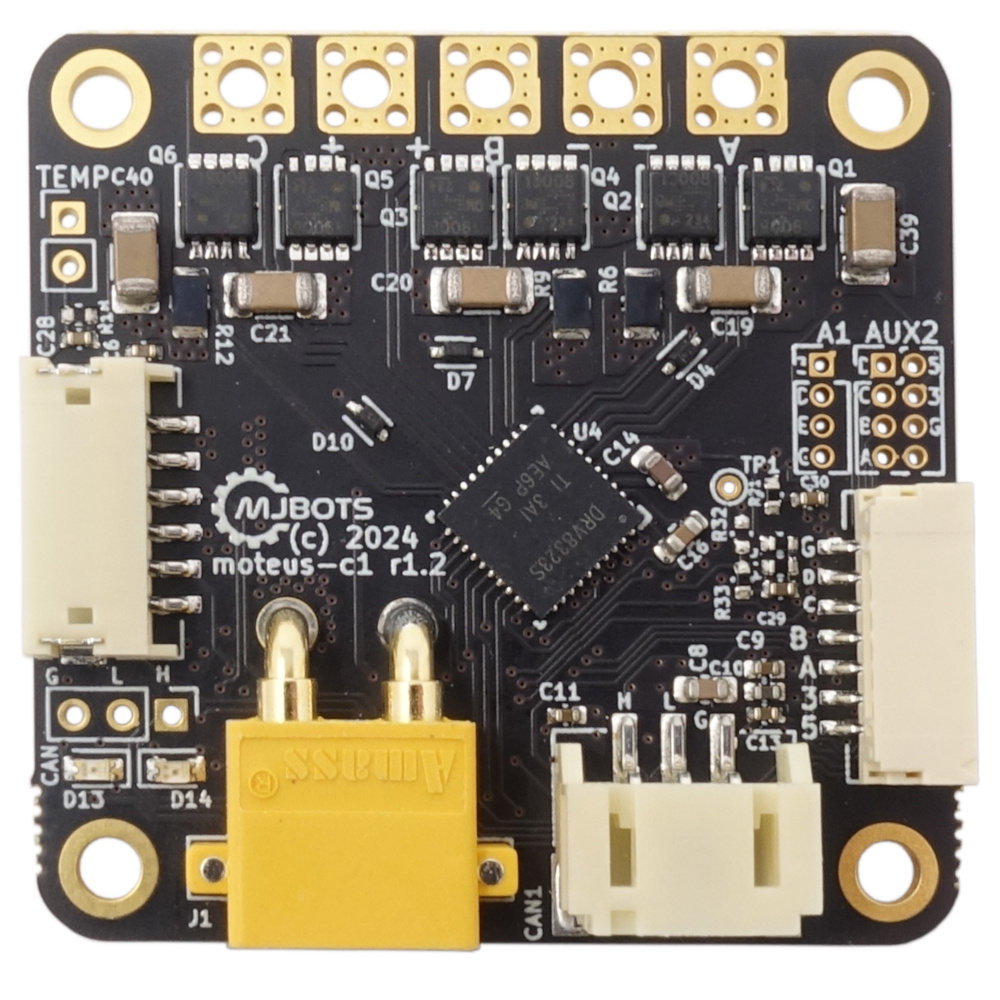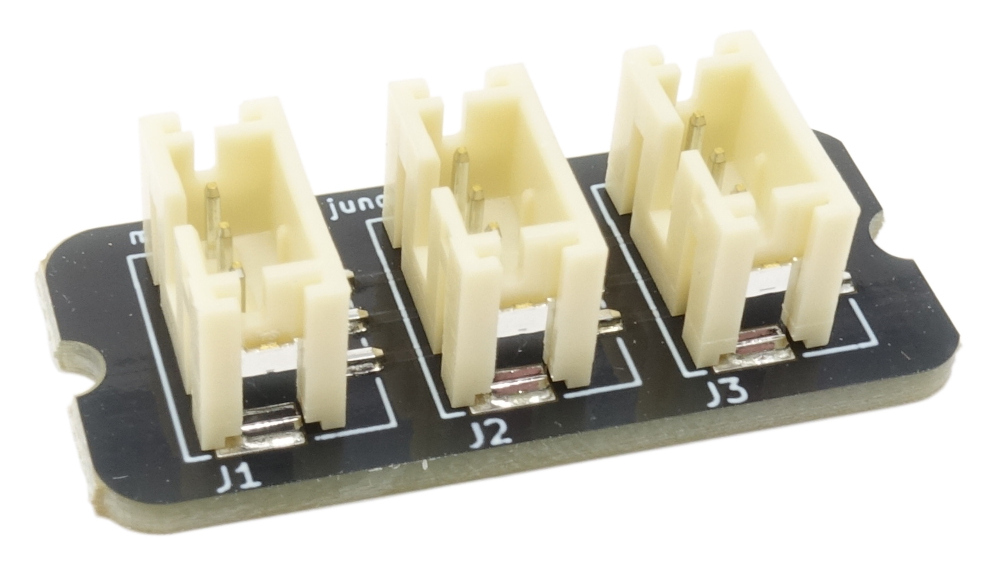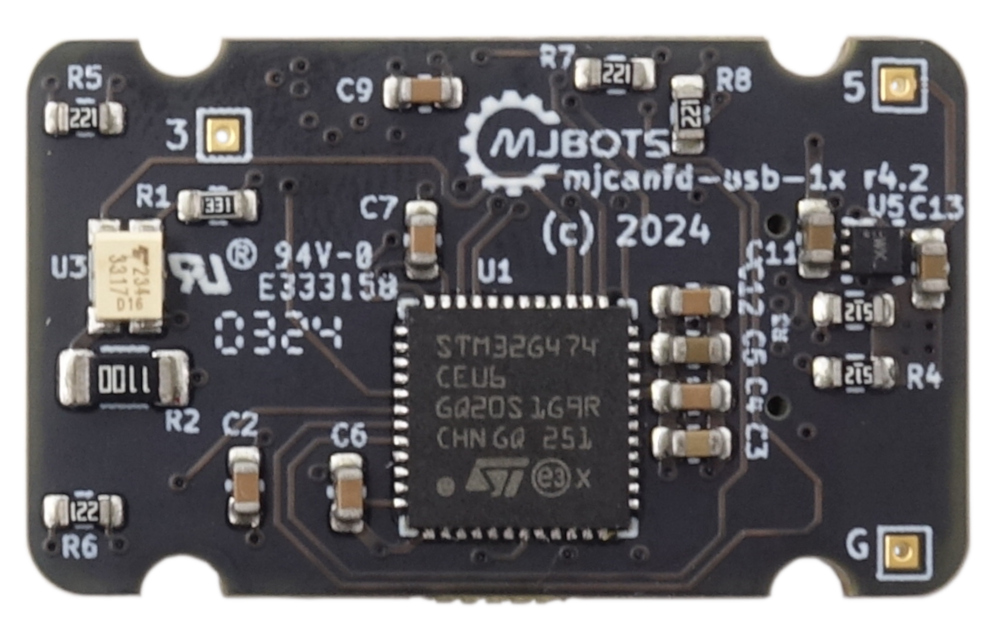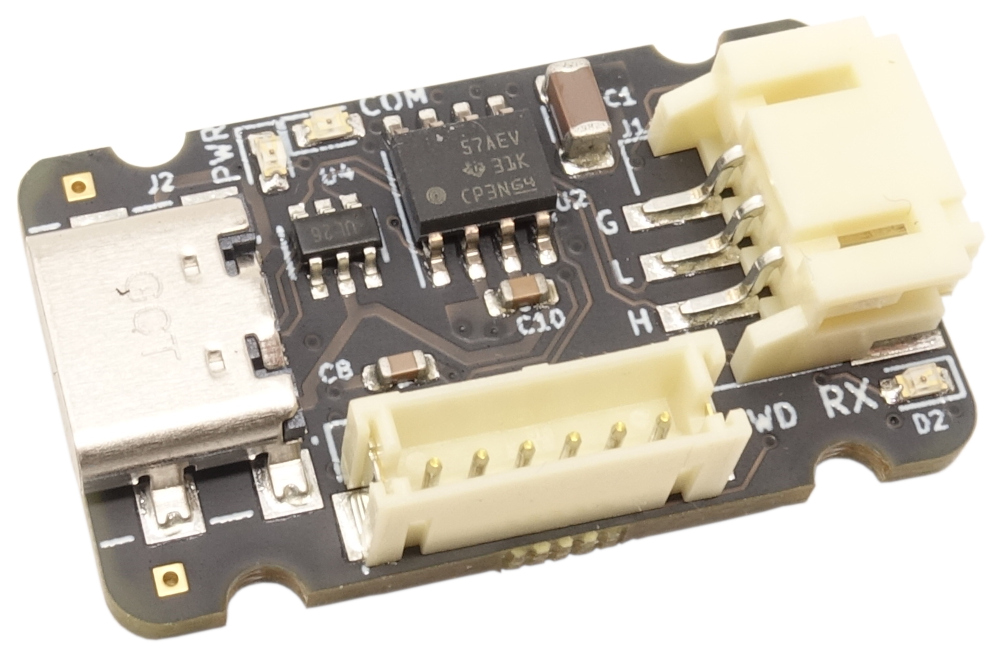moteus-c1
I’m excited to announce the newest addition to the moteus line of BLDC controllers, the moteus-c1! The moteus-c1 is a smaller, lower power, lower cost version of the moteus-r4 and moteus-n1, but still packs a big punch.
The top of the line performance metrics for the entire moteus lineup now look like:
| moteus-c1 | moteus-r4 | moteus-n1 | |
|---|---|---|---|
| Input Voltage | 10-51V | 10-44V | 10-54V |
| Peak Phase Current | 20A | 100A | 100A |
| Continuous Phase Current | 5A / 14A | 11A / 22A | 9A / 18A |
| Dimensions | 38mm x 38mm | 46mm x 53mm | 46mm x 46 mm |
| I/O | AUX1 D and E are present as through hole pads. AUX2 is identical to moteus-n1 | AUX1: SPI, Hall, ADC AUX2: I2C and UART 3.3V only | AUX1 and AUX2 support SPI, UART, Quadrature, Hall, and I2C. 5.5V and 3.3V provided on each connector. I2C pullups are configurable on each connector. |
| RS422 | None | None | Built-in transceiver for RS422 based encoders |
| CAN fault tolerance | 58V | 12V | 58V |
| Price | $69 | $79 | $149 |
The upshot is that for low current motors where RS422 is not required, it is nearly as capable as the moteus-n1 for less than half the price!




